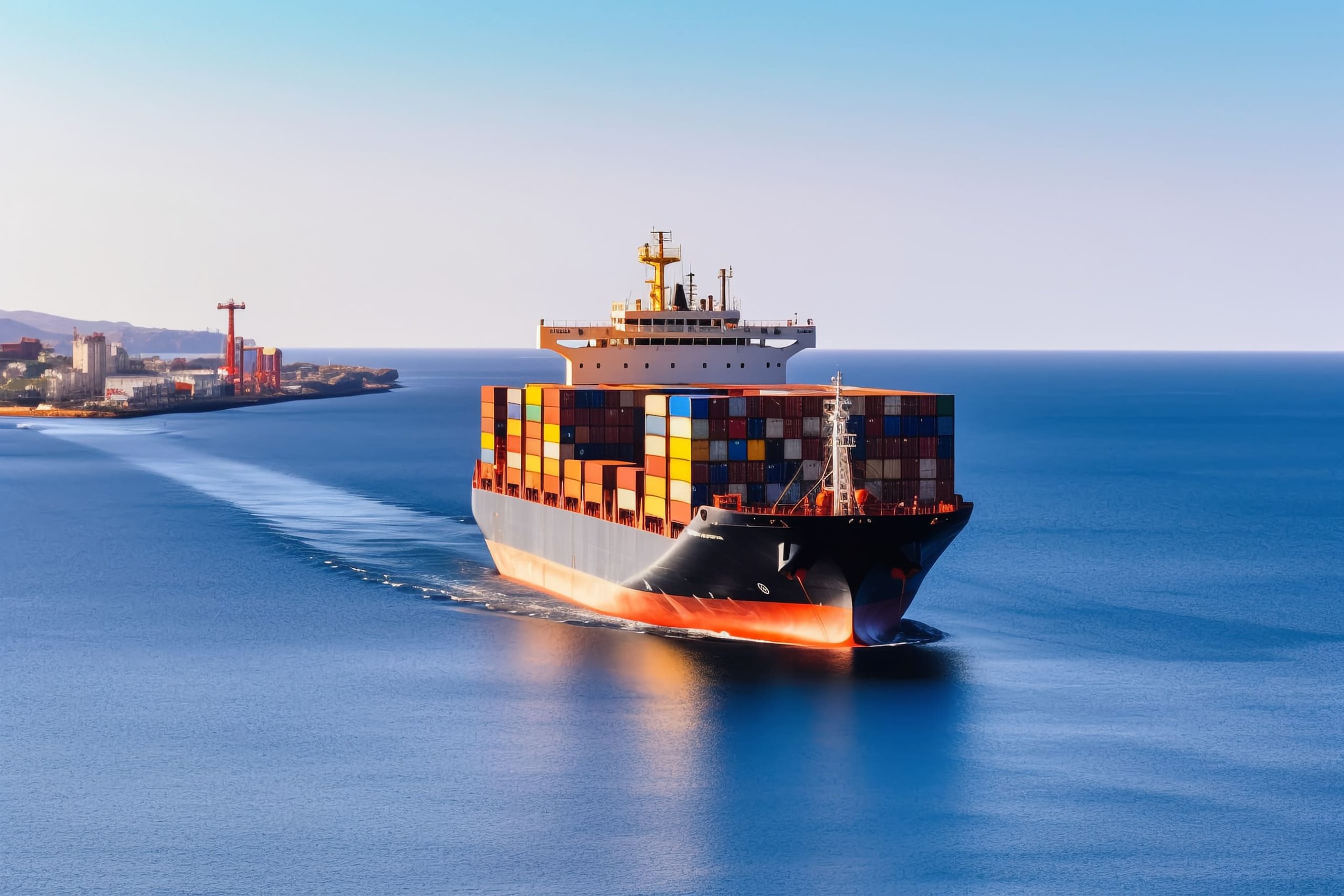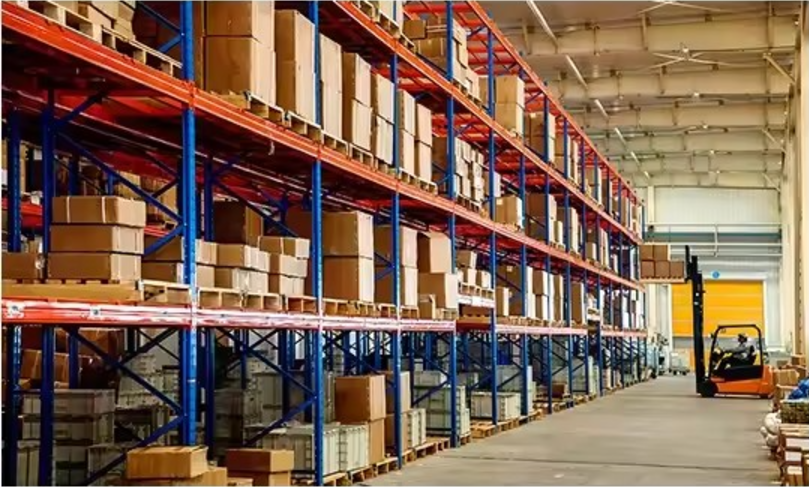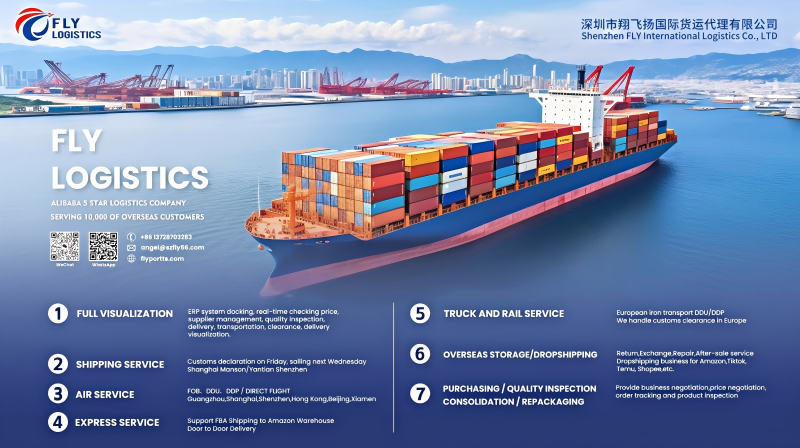As Christmas and New Year’s Day approach, businesses across Europe and the US are grappling with a familiar challenge: surging sea freight rates. Recent reports highlight that global shipping costs are once again climbing, driven by heightened demand and ongoing logistical bottlenecks. According to The Loadstar, freight rates for trans-Pacific routes have surged by over 15% in the past month, signaling potential disruptions for retailers aiming to stock their shelves for the peak sales season.
The Importance of Sea Freight in Global Trade
Sea freight remains the backbone of international trade, facilitating the transportation of approximately 90% of global goods. It is particularly vital during the year-end period when demand for consumer goods, electronics, and holiday merchandise peaks. Companies rely heavily on consistent and affordable sea freight services to ensure their products reach markets on time.
However, the current hikes in sea freight rates are creating significant challenges for businesses. Retailers and wholesalers must now navigate a complex landscape of rising costs, limited capacity, and delays, all of which threaten to disrupt their holiday sales strategies.
Factors Driving Year-End Sea Freight Hikes
Increased Demand
The year-end season traditionally sees a surge in demand as businesses replenish inventory for Black Friday, Cyber Monday, and Christmas sales. This year, the demand has been exacerbated by improved consumer confidence in both Europe and the US, leading to a scramble for shipping space.
Logistical Constraints
Despite improvements in global supply chains, ports in key regions like Asia and Europe are still grappling with congestion. Limited port capacity, labor shortages, and high container turnover times have compounded the problem, driving up sea freight costs.
Fuel Price Increases
Rising fuel prices have also played a significant role in the escalation of sea freight rates. Bunker fuel costs, a major expense for shipping lines, have risen sharply over the past few months, prompting carriers to pass on these costs to customers.
Carrier Alliances and Rate Management
Shipping alliances, which control a significant share of the global container market, have tightened capacity to maintain profitability. This strategic move has resulted in fewer available slots and higher sea freight prices.
Impact on Businesses in Europe and the US
The sea freight hikes are having a cascading effect on businesses:
Increased Product Costs
Retailers and manufacturers are facing higher landed costs for goods. These additional expenses are often passed on to consumers, potentially dampening holiday spending.
Stock Shortages
Delays in shipping have led to inventory shortages, particularly for high-demand items like electronics and toys. Some businesses risk missing out on critical sales opportunities.
Shift in Sourcing Strategies
To mitigate rising sea freight costs, some companies are exploring nearshoring or diversifying suppliers to reduce reliance on long-haul shipments. However, such transitions require time and investment, leaving little room for immediate relief.

Mitigation Strategies for Businesses
To navigate these challenges, businesses can adopt several strategies:
Early Planning
By forecasting demand and booking shipments earlier, companies can secure better rates and avoid last-minute surcharges.
Leveraging Technology
Digital freight platforms provide real-time visibility into shipping schedules and rates, enabling businesses to make informed decisions.
Collaborating with Logistics Partners
Strong partnerships with freight forwarders and 3PL providers can help businesses negotiate favorable rates and optimize supply chain efficiency.
Exploring Alternative Modes of Transport
While sea freight remains cost-effective for bulk shipments, air freight or rail transport can serve as viable alternatives for urgent deliveries.
The Road Ahead: Adapting to a Volatile Market
The ongoing volatility in sea freight underscores the need for resilience and adaptability in global trade. While businesses in Europe and the US face immediate challenges, the long-term outlook depends on addressing systemic issues within the logistics industry.
Governments and industry stakeholders must invest in port infrastructure, streamline customs processes, and promote sustainable shipping practices to stabilize sea freight rates. Additionally, fostering transparency and competition among carriers can help mitigate future price surges.
Conclusion
Sea freight remains a critical lifeline for global commerce, especially during the year-end peak sales season. However, rising costs and logistical challenges are testing the resilience of businesses in Europe and the US. By adopting proactive strategies and leveraging technology, companies can navigate these turbulent waters and ensure their goods reach consumers in time for the holidays. As the industry continues to evolve, collaboration and innovation will be key to achieving a more stable and efficient sea freight ecosystem.
As ocean freight rates are expected to increase in the coming weeks, we strongly recommend that customers place orders as soon as possible and arrange shipments in advance. Fly Logistics can help you plan ahead, which will not only help lock in current rates but also minimize the risk of delays and ensure that your products arrive at their destination on time.





